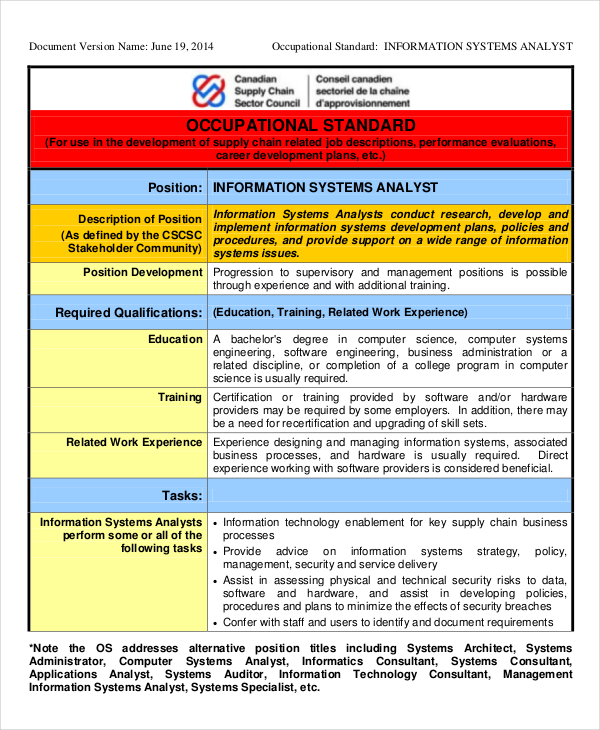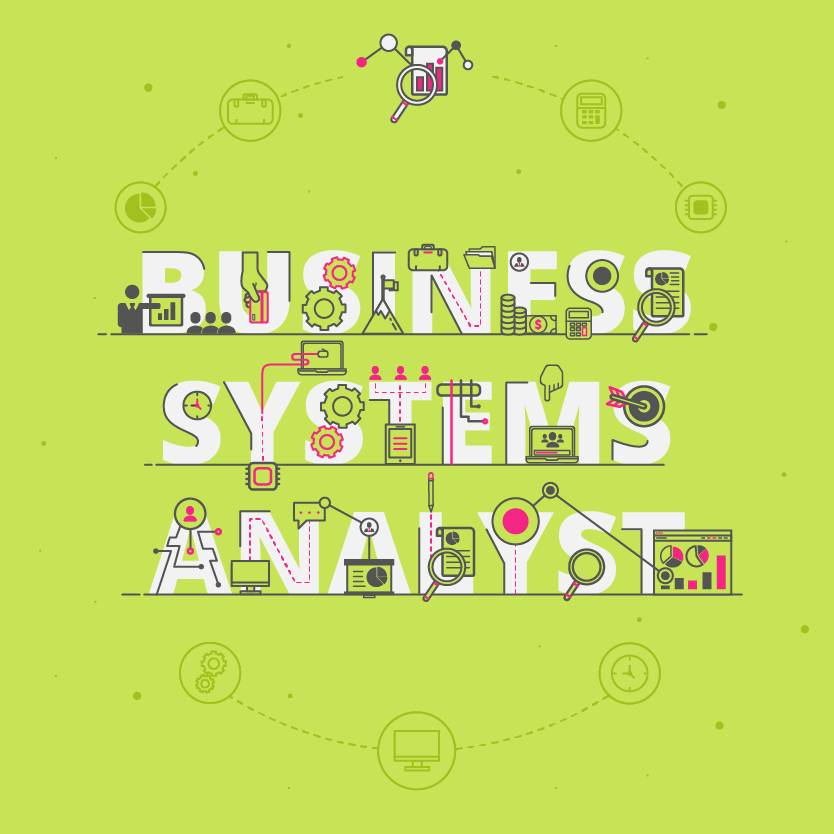


Dimension #4: Analysis Toolsīusiness Analysts use business analysis related models and diagrams such as process maps, organizational structure diagrams, strategy maps, role reporting relationships, etc.īusiness Systems Analysts use systems analysis related models and diagrams such as activity diagrams, use cases, user stories, entity-relationship diagrams, state transition diagrams, etc. That said, a Business Systems Analyst must be able to engage both business stakeholders/users as well as the technical community (solution architects, developers, DBAs, etc.). The distinction between a Business Analyst and a Business Systems Analyst regarding stakeholder engagement is that Business Analysts are typically working with a wider range of business stakeholders. superficially) engage stakeholders at a high level of sophistication using facilitated workshops, meetings, interviews, etc. Dimension #3: Stakeholder Engagementīoth Business Analysts and Business Systems Analysts must be able to deeply (vs.
#SYSTEMS ANYLIST SOFTWARE#
If the solution to a business problem involves, for example, application software (developing application software or configuring a vendor solution) the focus of the Business Systems Analyst is working with subject matter experts to clearly define the business rules that the solution needs to support at a much finer level of granularity than a Business Analyst. The focus of a business systems analyst is narrower. Many business problems are oriented around business process, organizational structure, business policy, etc. And, not every problem is resolved with a technical solution. The scope of a Business Analyst is on solutions to business problems – often from a cross enterprise perspective. The focus of a Business Systems Analyst is on business systems requirements – the requirements that specify how a business system supports/enables work activities in a business process and the user roles performing the work activities in a business process or in a decision making role. The focus of a Business Analyst is on business requirements – particularly from a business process perspective – including work activities, workflows, work activity procedures, mechanisms (including supporting information systems), roles, organization reporting relationships, etc. However, for the purpose of this post, the five dimensions below provide deeper insight into the distinction between a Business Analyst and a Business Systems Analyst. Clearly, there are more dimensions of analysis. The approach that I settled upon is to make the distinctions based on five dimensions of analysis.


 0 kommentar(er)
0 kommentar(er)
